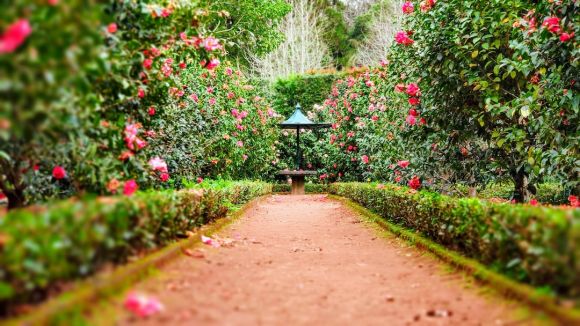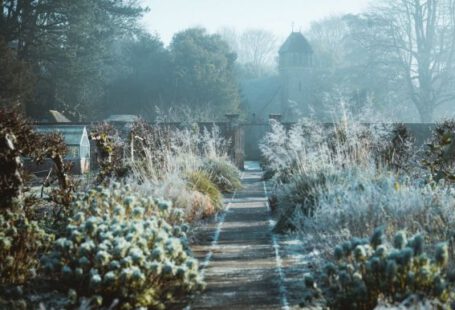The traditional English garden is a timeless and classic design that has captivated people for centuries. With its harmonious blend of formal elements, lush greenery, and vibrant flowers, this style of garden creates a sense of tranquility and beauty. In this article, we will explore the key features and principles of traditional English garden design.
History and Origins
The origins of the traditional English garden can be traced back to the 18th century when landscape designers like Capability Brown and Humphry Repton sought to create a naturalistic and picturesque aesthetic. These gardens were designed to mimic the beauty of the English countryside, with rolling lawns, meandering pathways, and carefully placed ornamental features.
Key Features
1. Formal Layout: A traditional English garden typically features a formal layout with symmetrical lines and geometric shapes. This creates a sense of order and balance, while also providing a framework for the surrounding plants and flowers.
2. Box Hedges: Box hedges are a defining feature of the traditional English garden. These neatly trimmed hedges act as borders and dividers, creating structure and delineating different areas within the garden.
3. Herbaceous Borders: Herbaceous borders are another hallmark of traditional English garden design. These borders are filled with a mix of perennial flowers and ornamental grasses, creating a riot of color and texture throughout the seasons.
4. Water Features: Traditional English gardens often include water features such as fountains, ponds, or even small streams. These water features add a sense of tranquility and provide a focal point for the garden.
5. Pergolas and Arbors: Pergolas and arbors are commonly used in traditional English gardens to add vertical interest and provide support for climbing plants such as roses or wisteria. These structures also create shaded areas where one can relax and enjoy the garden.
Principles of Design
1. Balance: Balance is crucial in traditional English garden design. This can be achieved through the use of symmetrical planting schemes, as well as by creating a sense of harmony between different elements such as hedges, paths, and focal points.
2. Proportion: Proportion is key in creating a pleasing and balanced garden design. The size of the garden should be in proportion to the surrounding landscape, and the scale of the plants and features should be carefully considered.
3. Repetition: Repetition is used to create rhythm and unity in the garden. This can be achieved through the repeated use of certain plants or colors, as well as by repeating certain design elements such as archways or trellises.
4. Simplicity: Traditional English gardens are known for their simplicity and understated elegance. Avoid cluttering the garden with too many plants or ornaments, and instead focus on creating a sense of calm and tranquility.
5. Seasonal Interest: Traditional English gardens are designed to be enjoyed throughout the year, with something of interest to see in every season. Consider incorporating plants with different blooming times and foliage colors to ensure year-round beauty.
In conclusion, traditional English garden design is a timeless and elegant style that can transform any outdoor space into a place of beauty and serenity. By incorporating the key features and principles outlined in this article, you can create your own piece of England in your backyard. So, grab your gardening gloves and get ready to create a traditional English garden that will leave your neighbors green with envy.





